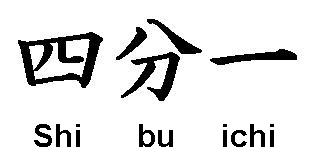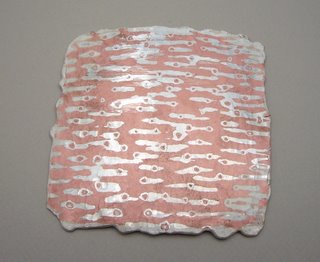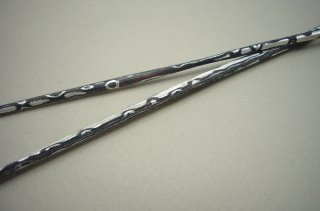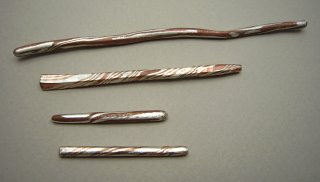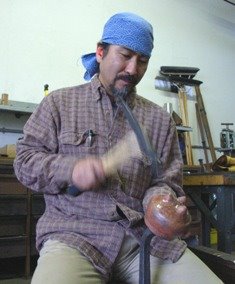Mokumegane Making #2


After sheets are bonded, next step is to flatten out.
I used power hammer to do this job for the billet shown above.
For smaller billets, this kind of hammer is very useful.
I made this hammer head (weight: approx. 2.7 lb.) referring to Japanese traditional hammer called "NOBE-ZUCHI".
"NOBE-ZUCHI" is a special kind of hammer for flattening metals.
The gorgeous looking handle was made by my friend E***.


